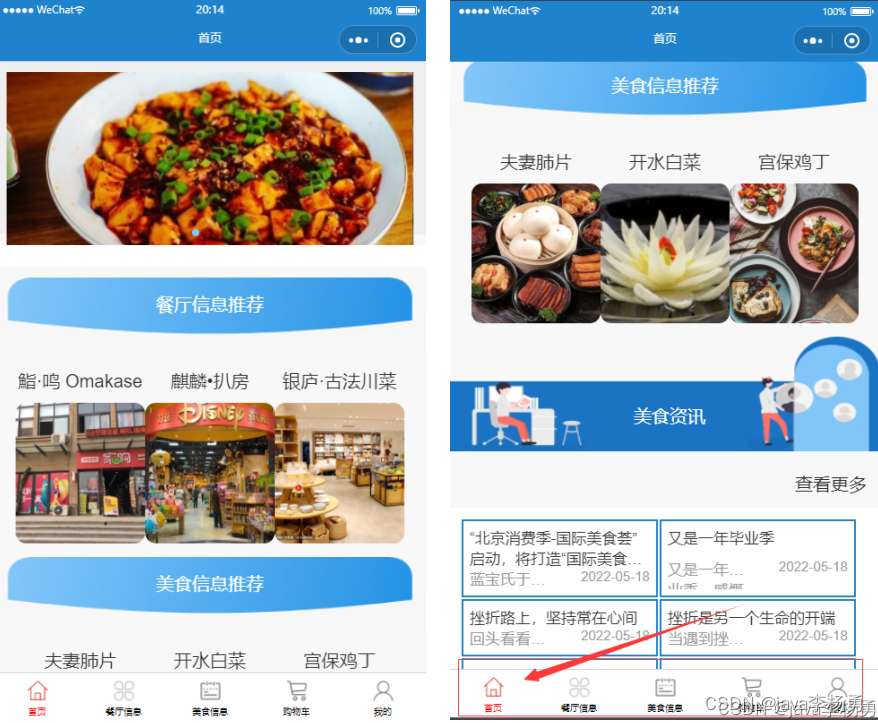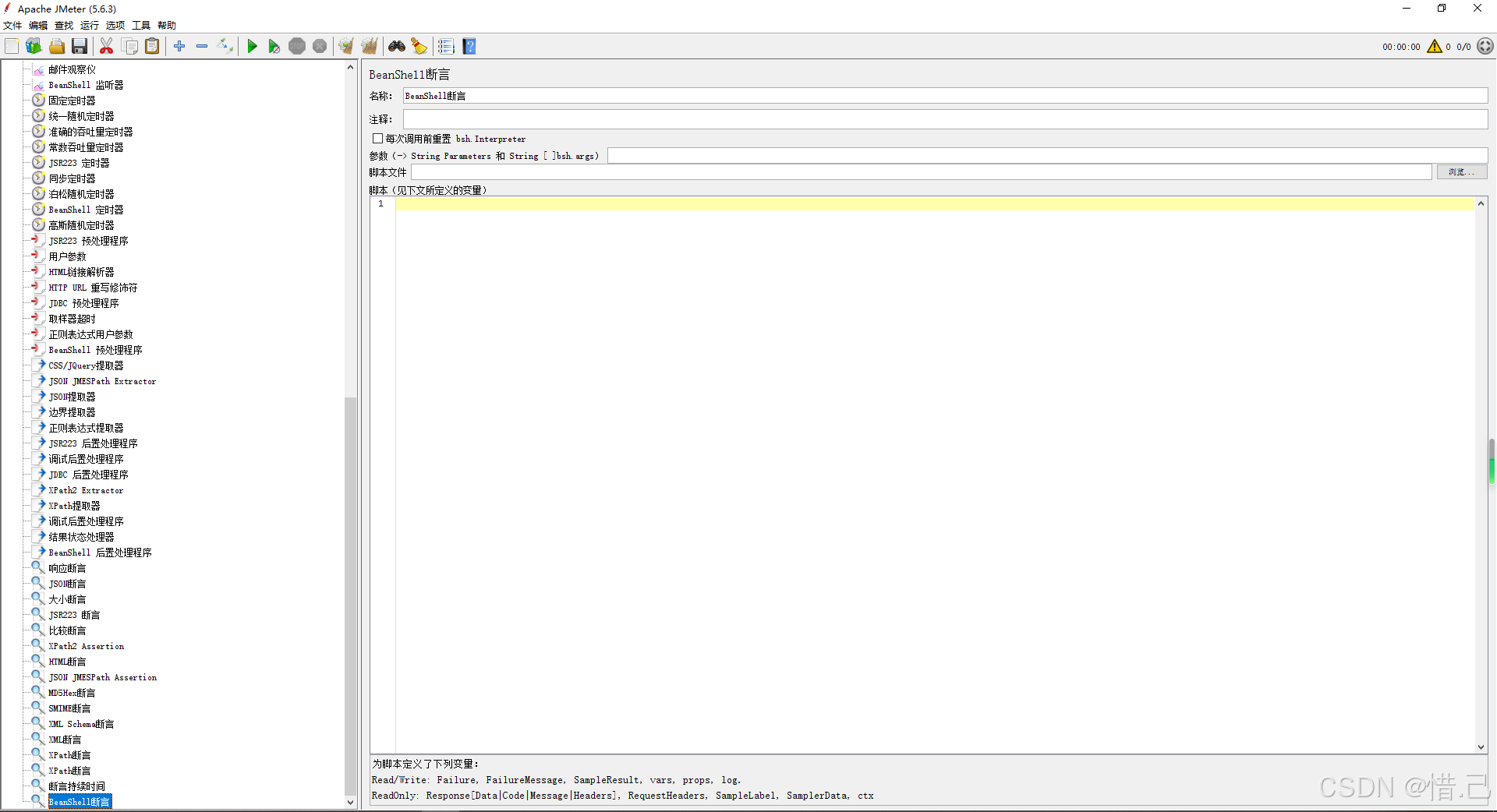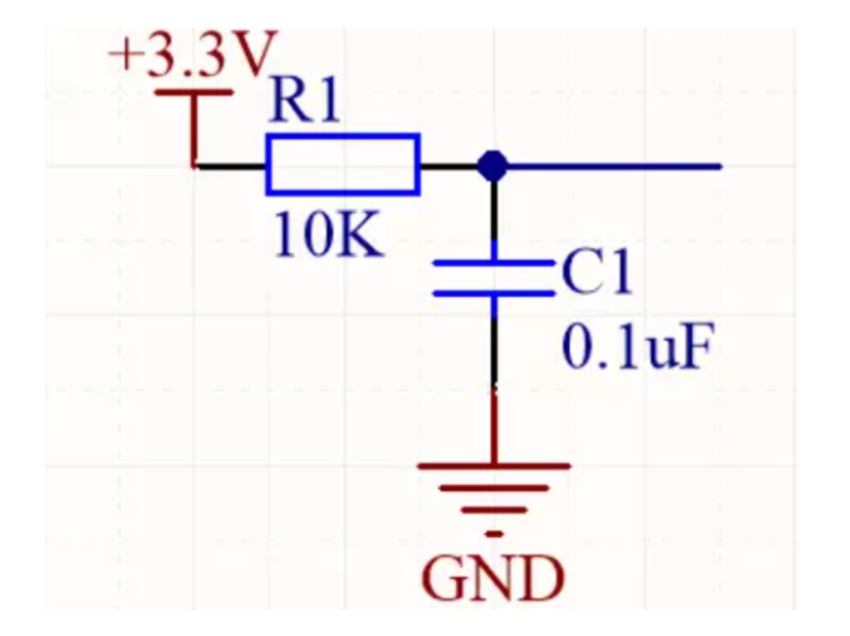D3.js 提供了丰富的交互方法,可以用来增强图表的用户交互体验。以下是一些常用的交互方法及其示例:
1. 鼠标事件
on("mouseover", function)
- 用途: 当鼠标悬停在元素上时触发。
- 示例:
svg.selectAll(".bar") .on("mouseover", function(event, d) { d3.select(this) .attr("fill", "brown"); });
on("mouseout", function)
- 用途: 当鼠标离开元素时触发。
- 示例:
svg.selectAll(".bar") .on("mouseout", function(event, d) { d3.select(this) .attr("fill", "steelblue"); });
on("click", function)
- 用途: 当元素被点击时触发。
- 示例:
svg.selectAll(".bar") .on("click", function(event, d) { alert(`Clicked on bar with value: ${d.value}`); });
on("dblclick", function)
- 用途: 当元素被双击时触发。
- 示例:
svg.selectAll(".bar") .on("dblclick", function(event, d) { alert(`Double-clicked on bar with value: ${d.value}`); });
2. 拖拽事件
使用 d3.drag()
- 用途: 实现元素的拖拽功能。
- 示例:
const drag = d3.drag() .on("start", dragstarted) .on("drag", dragged) .on("end", dragended); svg.selectAll("circle") .data(data) .enter() .append("circle") .attr("cx", d => xScale(d.x)) .attr("cy", d => yScale(d.y)) .attr("r", 5) .call(drag); function dragstarted(event, d) { d3.select(this).raise().attr("stroke", "black"); } function dragged(event, d) { d.x = event.x; d.y = event.y; d3.select(this) .attr("cx", d.x) .attr("cy", d.y); } function dragended(event, d) { d3.select(this).attr("stroke", null); }
3. 缩放和平移
使用 d3.zoom()
- 用途: 实现图表的缩放和平移功能。
- 示例:
const zoom = d3.zoom() .scaleExtent([1, 10]) .on("zoom", handleZoom); svg.call(zoom); function handleZoom(event) { const newTransform = event.transform; svg.selectAll(".bar") .attr("transform", newTransform); }
4. 刷选和过滤

使用 d3.brush()
- 用途: 实现图表的刷选功能。
- 示例:
const brush = d3.brushX() .extent([[0, 0], [width, height]]) .on("end", handleBrush); svg.append("g") .attr("class", "brush") .call(brush); function handleBrush(event) { const selection = event.selection; if (selection) { const [[x0], [x1]] = selection; const filteredData = data.filter(d => xScale(d.x) >= x0 && xScale(d.x) <= x1); console.log(filteredData); } }
5. 动画
使用 transition()
- 用途: 实现元素的平滑动画效果。
- 示例:
svg.selectAll("rect") .data(data) .enter() .append("rect") .attr("class", "bar") .attr("x", d => xScale(d.label)) .attr("y", height) .attr("width", xScale.bandwidth()) .attr("height", 0) .transition() .duration(1000) .attr("y", d => yScale(d.value)) .attr("height", d => height - yScale(d.value));
6. 工具提示
使用 d3-tip
- 用途: 显示工具提示。
- 示例:
<script src="https://cdnjs.cloudflare.com/ajax/libs/d3-tip/0.9.1/d3-tip.min.js"></script>const tip = d3.tip() .attr("class", "d3-tip") .offset([-10, 0]) .html(d => `<strong>Value:</strong> <span style='color:red'>${d.value}</span>`); svg.call(tip); svg.selectAll("rect") .data(data) .enter() .append("rect") .attr("class", "bar") .attr("x", d => xScale(d.label)) .attr("y", d => yScale(d.value)) .attr("width", xScale.bandwidth()) .attr("height", d => height - yScale(d.value)) .on("mouseover", tip.show) .on("mouseout", tip.hide);
总结
D3.js 提供了多种交互方法,可以显著提升图表的用户体验。以上示例展示了如何使用鼠标事件、拖拽、缩放、刷选、动画和工具提示等功能。希望这些示例能帮助你更好地理解和使用 D3.js 进行交互式图表开发。



















